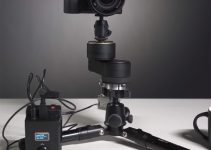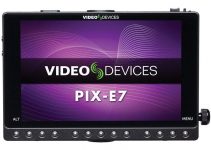Competition is heating up in mid-range cameras with the release of the Canon EOS R6 Mark II. This full-frame mirrorless model brings some serious improvements to the already popular series and presents an interesting counter for many existing options – like the full-frame Sony a7 IV and Canon’s APS-C EOS R7.
Filmmaker Josh Sattin has his hands on all three of these popular cameras and compared them. This time he focused on dynamic range and whether the newest sensors are providing an advantage. Sattin also takes a look at the raw capabilities of the R6 and how Canon Log 2 performs.
Testing Parameters
A common dynamic range test involves grabbing a fancy chart, popping the results into some software, and then calculating the literal maximum dynamic range of the camera system. This is useful, but not always as useful as it seems.
Another is to do a push/pull test where you take a real-world image and then push and pull the footage to see how much information is retained in the shadows and highlights as you manipulate it. This gives you a better feel for how the image actually handles.
The camera settings:
- Canon EOS R6 Mark II: Canon Log 3, 4K IPB
- Canon EOS R7: Canon Log 3, 4K Fine IPB
- Sony a7 IV: S-Log3, 4K XAVC S-I
Sony does have an advantage with S-Log3 since it has a greater theoretical dynamic range than Canon Log 3.
Exposure was set using a gray card and zebras. And all the footage was shot at the base ISO of 800.
Overexposure was done by opening up the lens and then bringing it into post where it was corrected to the proper exposure. Underexposure was done by stopping down the lens.
All the footage was corrected manually without any LUTs.
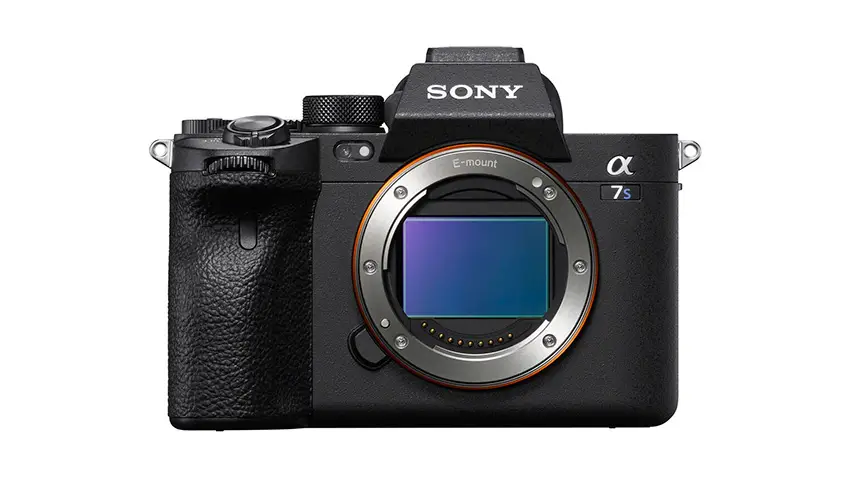
Image Credit: Sony
R6 Mark II vs a7 IV
Starting with the R6 Mark II and a7 IV we have an overexposure test. Both seem to perform fairly evenly and make it up to 4 stops over. At 5 stops both start to fall apart. Underexposure is where things change.
Sony takes the lead for shadow detail with less noise and more accurate color. Canon has some color shifts and shows noise a lot sooner. Sony wins here.
R6 Mark II vs R7
Both Canons perform similarly when it comes to overexposure which matches with the Sony. For underexposure you’ll see the R6 again has issues with color shift and noise. Interestingly the R7 seems to hold onto the color a bit better. Surprising considering the format difference.
Sony stills beats out both of them. Canon tends to struggle at only a couple of stops underexposed and that footage will become messy. You’ll definitely want to expose to the right with the Canons.
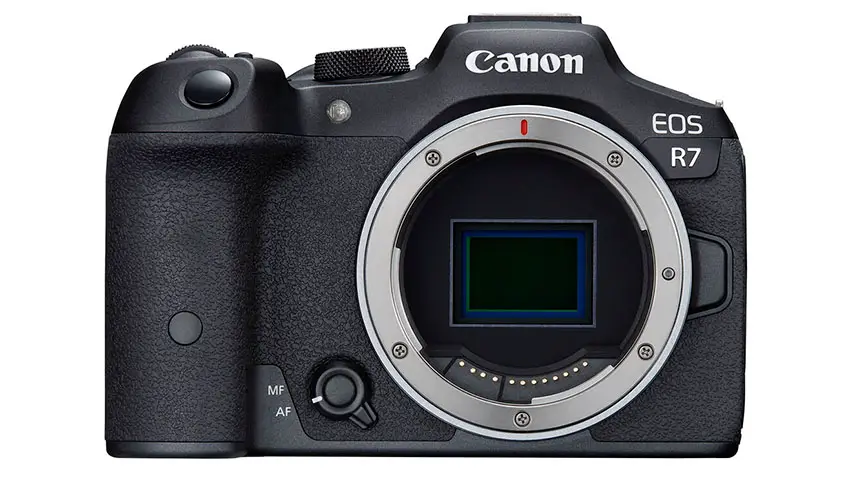
Image Credit: Canon
High Dynamic Range Scene
Exposing for the highlights in a tough shot he wants to see the real range you can get with the cameras. Standing in front of a window and exposing for the highlights he wants to see how much detail is retained.
Sony beats out the R6 Mark II easily here. Looking at the curtains you can see a lot more detail is kept with the Sony and better noise performance.
R6 Mark II vs R7 is a bit more subtle but the results seem to follow through with the expectations set by the earlier dynamic range test. The color shift is bad for the R6 Mark II.
Raw Video
The R6 Mark II has a 6K raw capability that should theoretically pull all the possible dynamic range out of the camera. Neither the a7 IV or R7 have raw video capabilities.
Unfortunately, he could not get it to work. Atomos has not yet updated their firmware to make it possible and it won’t be ready until January 2023. It’s possible that the R6 Mark II could improve dramatically in raw.
Raw being limited to external recording isn’t a great workflow either and it requires a bigger rig. Plus, file sizes are much larger so aren’t always practical.
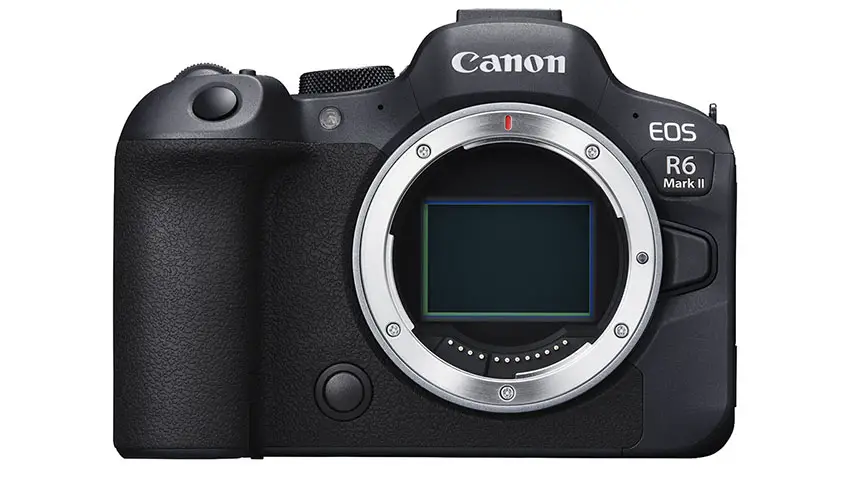
Image Credit: Canon
S-Log3 vs Canon Log 3
Sony may have an edge because of S-Log3. This is because Canon has limited these models to Canon Log 3. Canon has multiple log curves and C-Log2 is actually the one with the greatest possible dynamic range thanks to a flatter image.
Canon Log 3 is designed for faster, easier color grading. But, it doesn’t make sense to not have the option to work with the better Canon Log 2.
The possible reasons could be that they are artificially limiting their lower end cameras to distinguish them from “pro” models or that the cameras simply aren’t capable of taking full advantage of Canon Log 2.
Sony doesn’t do this and they put S-Log3 in cameras that probably shouldn’t use it. Canon could easily add it to their mirrorless cameras and let users decide.
I’m a bit surprised that the R7 seems to produce better video quality than the R6 Mark II, but the Sony a7 IV being even better is interesting.
What did you think of these tests?
[source: Josh Sattin]
Order Links:
- Canon EOS R6 Mark II Mirrorless Camera (B&H, Amazon)
- Sony a7 IV Mirrorless Camera (B&H, Amazon)
- Canon EOS R7 Mirrorless Camera (B&H, Amazon)
Disclaimer: As an Amazon Associate partner and participant in B&H and Adorama Affiliate programmes, we earn a small comission from each purchase made through the affiliate links listed above at no additional cost to you.


